Milk tea isn’t just a drink. It is a social signal. Samgyupsal isn’t just a meal — it has become a weekend ritual.
Few food trends have achieved what these did: mass appeal across socioeconomic classes, viral traction across platforms, and real estate-level impact in malls and high streets nationwide. Their success offers a blueprint for how food fads evolve into full-fledged consumer movements in the Philippines, driven by youth culture, social validation, and the pursuit of immersive, shareable experiences.
With over half the population under 30, Filipino consumers aren’t just early adopters; they’re active trendsetters. Food isn’t simply nourishment; it’s identity, entertainment, and currency for connection. Whether it’s a TikTok-worthy bite or a heritage dish reimagined for a new generation, the choices Filipinos make at the table are deeply intertwined with how they see themselves and the world.
For F&B brands operating in this space, understanding what drives these choices means tapping into a uniquely layered market – one where Western influences blend with local pride, and novelty only sticks when it aligns with culture, context, and community.
Fusion Finds Its Filipino Soul
Restaurants across Metro Manila are rewriting the rulebook for Filipino cuisine. A new wave of chefs is blending local comfort food with global influences – turning kare-kare into curry bowls, transforming adobo into bao buns, and giving sinigang a Japanese ramen twist. These aren’t gimmicks; they’re calculated plays to tap into the Filipino craving for novelty without abandoning familiarity.
This approach appeals to a generation raised on K-pop and content algorithms. Diners want flavor, but they also want narrative – a dish that photographs well and tells a story. Fusion provides both. Sinigang is reinvented with beef short rib and watermelon at spots like Manam Comfort Filipino, offering a playful yet rooted take on the classic. Sarsa Kitchen + Bar builds on Negrense traditions but packages them with a contemporary edge – perfect for the urban millennial crowd.
F&B groups are taking notice. Mid-scale franchises are testing bolder menus inspired by these high-concept eateries, hoping to scale trend-led items before they hit saturation. With younger diners using food discovery as entertainment, fusion isn’t fringe – it’s a fast-moving commercial opportunity.
The Rise of Regional Ingredients
The mainstream Filipino menu is undergoing a quiet revolution – and it’s being led by ingredients once considered too obscure, too rural, or too slow to scale. Diners are now seeking depth: flavors that feel earned, ingredients that come with provenance, and dishes that tell regional stories.
Items like batuan, pili nuts, tabon-tabon, and taba ng talangka are moving from weekend palengke hauls to chef specials and curated tasting menus. Adlai, once a heritage grain, now appears in health-forward bowls and upscale rice alternatives. These ingredients aren’t just rich in flavor; they’re signaling exclusivity, craftsmanship, and cultural pride.
Restaurants like Toyo Eatery and Locavore have championed this movement by reintroducing ancestral ingredients to urban diners and building menus that are proudly Filipino but globally competitive. For F&B groups, this opens a path to elevating brand storytelling – whether through seasonal LTOs (limited-time offers), regionally inspired menu capsules, or direct sourcing partnerships with local farmers.
The shift isn’t about going backwards – it’s about building forward with authenticity. As Filipino consumers increasingly equate food choices with values, using regional and artisanal ingredients is a culinary and commercial advantage.
Plant-Based and Flexitarian
Meat may still dominate the Filipino plate, but the momentum behind plant-forward eating is growing – not as a fringe lifestyle but as a mainstream shift among millennials and Gen Z. This shift isn’t driven by ideology alone; it’s about wellness, affordability, and the increasing accessibility of meat alternatives in urban centers.
Traditional dishes are being reformatted for a new generation: laing without bagoong, kare-kare with jackfruit, sisig with tofu and mushrooms. Homegrown spots like Green Bar in Makati and The Wholesome Table in BGC have found success by blending comfort food aesthetics with health-forward menus. Their dishes don’t preach – they sell through flavor, familiarity, and lifestyle branding.
There’s a gap in the casual dining space for restaurant groups where plant-based menus are still treated as secondary. Introducing flexitarian lines – not full vegan menus, but deliberate plant-forward heroes – is a low-risk, high-upside way to meet the rising demand. It also signals alignment with values like sustainability, something younger consumers are rewarding with loyalty and spending.
What once felt like a niche segment is now a whitespace for innovation. And in a country where vegetables have always been part of the table, rethinking them for modern preferences is a return, not a departure.
Street Food 2.0 – Elevated and Instagrammable
Filipino street food has always been bold, flavorful, and accessible, but it’s never been this photogenic. What used to be served from pushcarts and roadside grills is now being reimagined for curated food halls, food parks, and Gen Z-focused dining places.
Think kwek-kwek with truffle aioli, isaw glazed in honey sriracha, or balut turned into a small-plate delicacy with sinamak foam. Brands like Boy Isaw and Mang Larry’s Isawan have helped normalize street food in structured retail settings, while new concepts like IhawJuan lean into design-forward booths, premium packaging, and consistent flavor control.
This trend thrives on nostalgia wrapped in novelty. It appeals to Filipino diners’ emotional connection to childhood and street culture while meeting modern expectations for hygiene, branding, and presentation. On TikTok and Instagram, street food with a twist is shareable gold.
For restaurant groups, the opportunity lies in format innovation: bite-sized, affordable, customizable items that fit both dine-in and grab-and-go formats. It’s also a chance to localize at scale – with regional street food variants offering ready-made menu expansion paths across the country.
Ancestral Filipino Cooking Techniques with A Modern Flair
Filipino chefs are reaching into the past not to replicate it but to reinterpret it. Slow, regional methods like pinaupong manok, pinais, kinilaw, tinapa, and kulawo are being reintroduced in refined forms, framed less as throwbacks and more as culinary heritage elevated for today’s palate.
At restaurants like Balay Dako in Tagaytay and Café Juanita in Pasig, long-held techniques are presented with care, often paired with storytelling that links each dish to family tradition or regional history. The appeal isn’t just authenticity – it’s depth. For consumers burned out by over-engineered food fads, these dishes offer a sense of grounding and meaning.
What was once seen as slow and provincial now feels premium. The tactile nature of these cooking methods – from banana-leaf wrapping to open-fire grilling – offers rich sensory experiences, ideal for diners seeking more than just taste.
For restaurant groups, this movement is an opportunity to differentiate themselves. Ancestral techniques lend themselves to seasonal menus, chef’s specials, and content-rich brand narratives. They also create space for regional partnerships and experiential formats, such as heritage dining nights or interactive prep counters. Tradition isn’t the opposite of innovation – it’s becoming its most compelling form in the Filipino market.
Filipino dining is not just about what’s on the plate – it’s a statement of identity, intent, and influence. As tastes evolve and boundaries blur between tradition and trend, the winning brands will move beyond imitation and lean into insight – capturing the cultural undercurrent driving the next wave of consumption.
Market research is your edge if you’re looking to tap into the next wave of Filipino food trends with confidence. From concept testing and menu optimization to understanding shifting consumer behaviors across regions and generations, our team delivers the insights you need to make bold, informed decisions. Let’s uncover what’s next – together.
Get regular insights
Keep up to date with the latest insights from our research as well as all our company news in our free monthly newsletter.

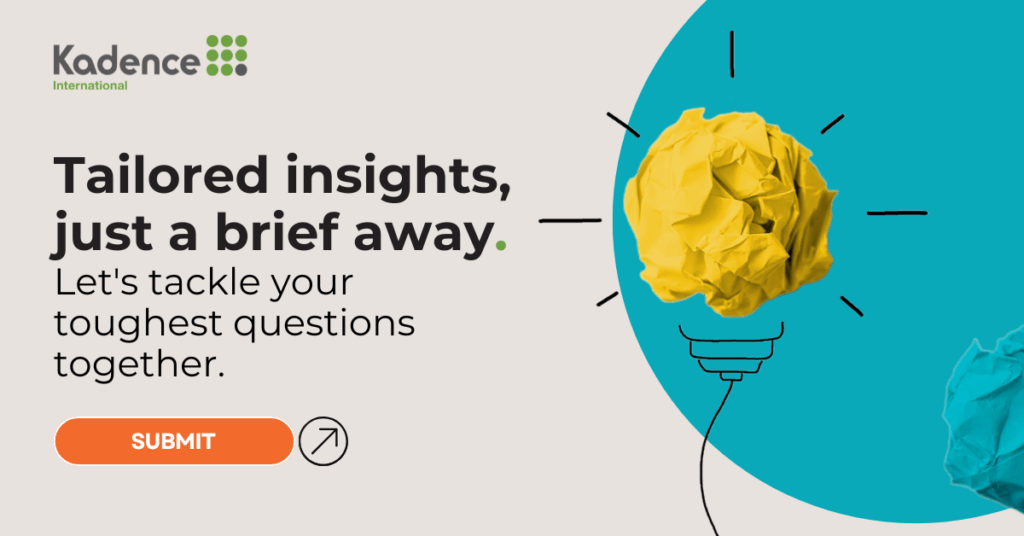
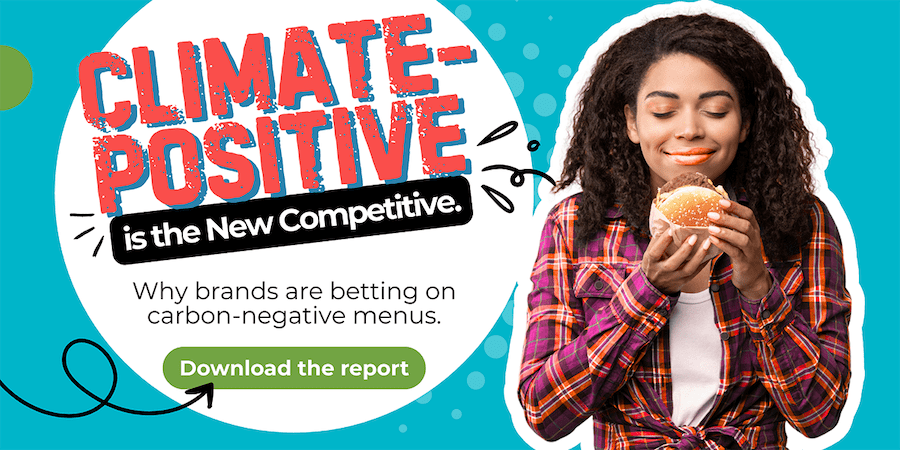
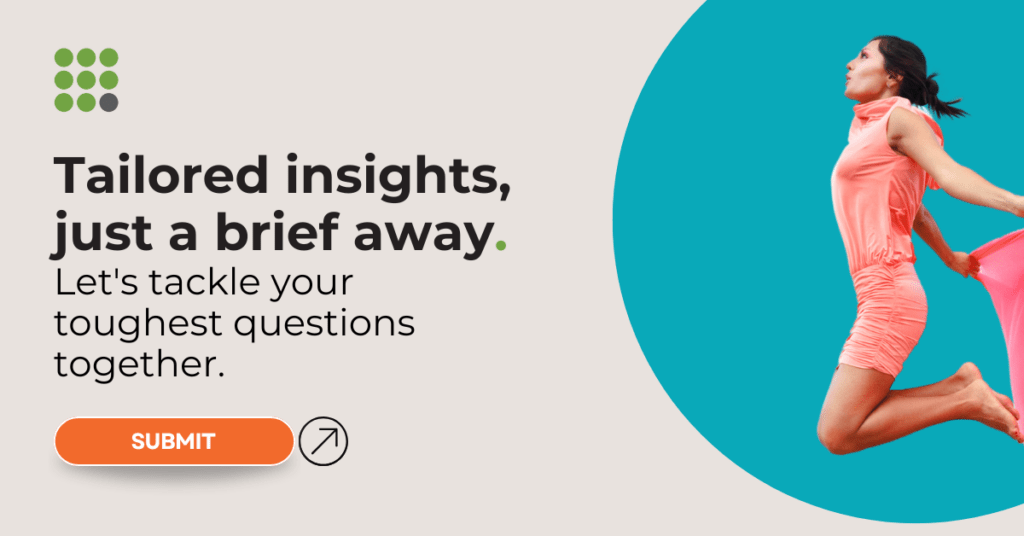
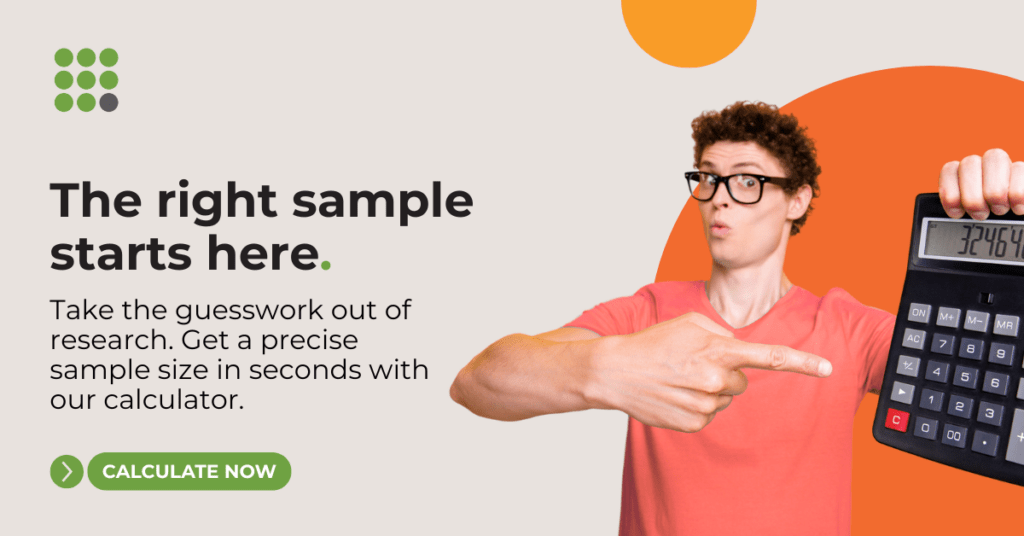

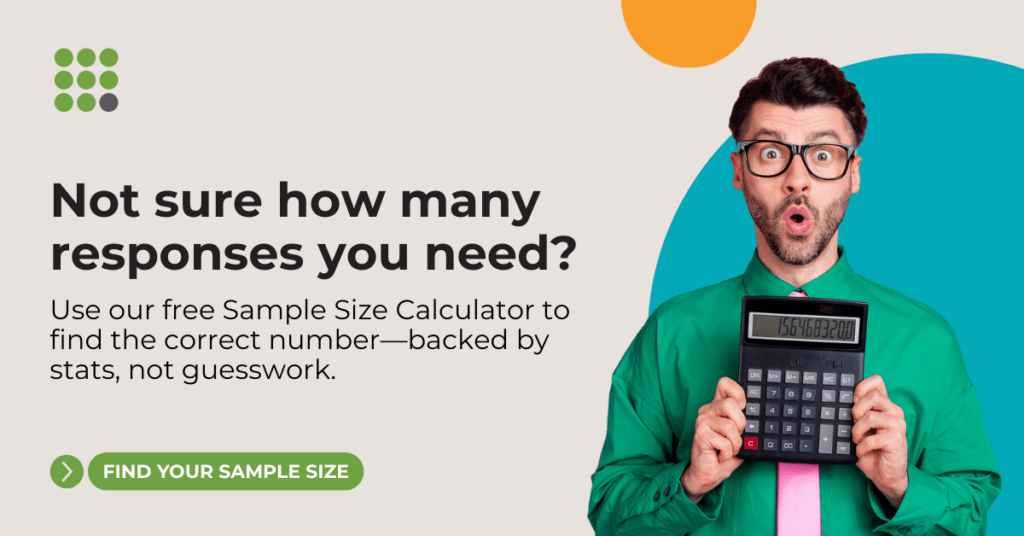
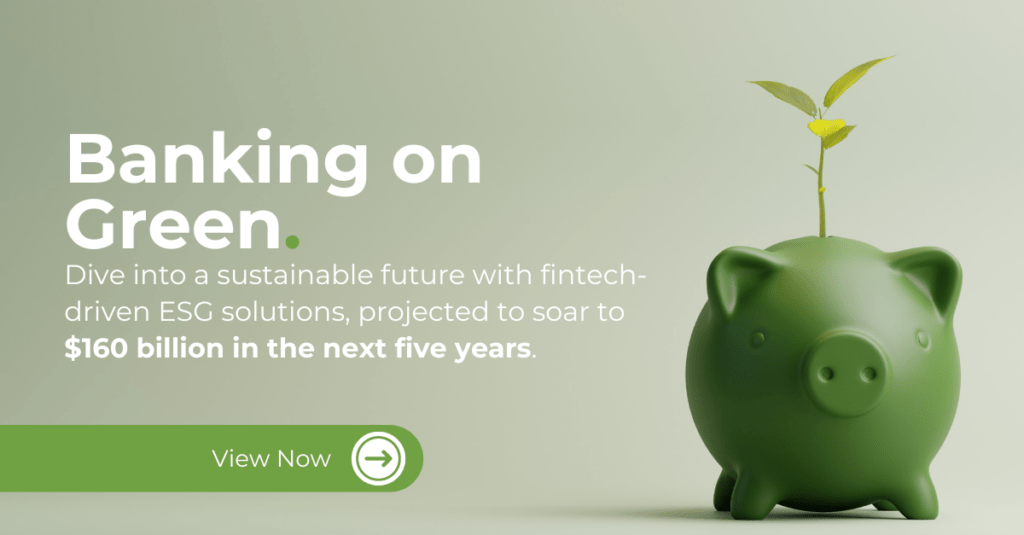
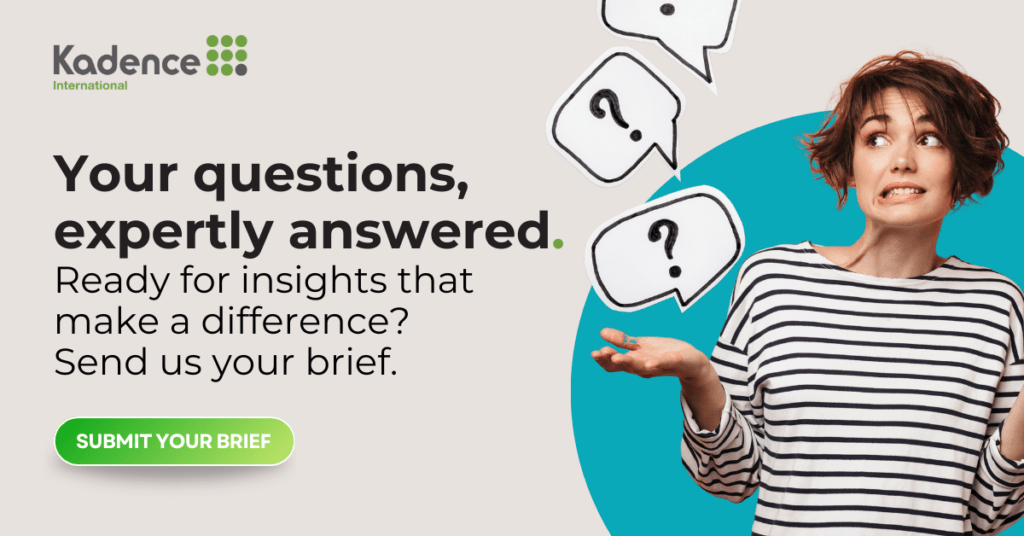

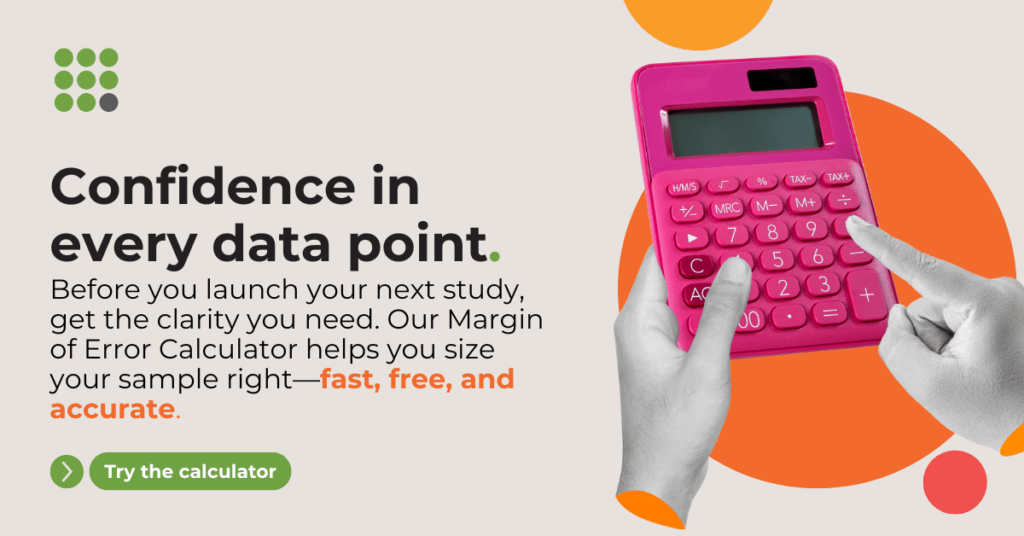
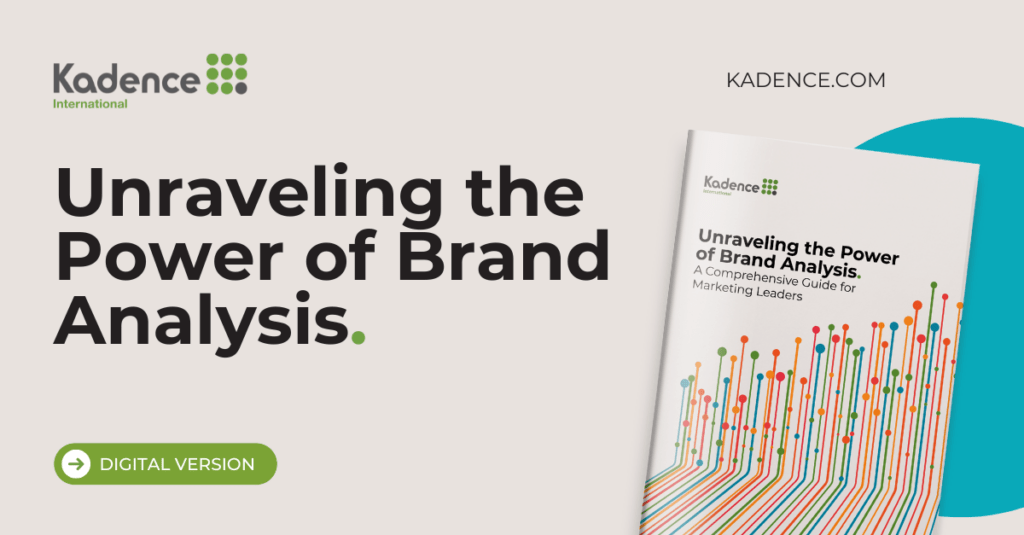

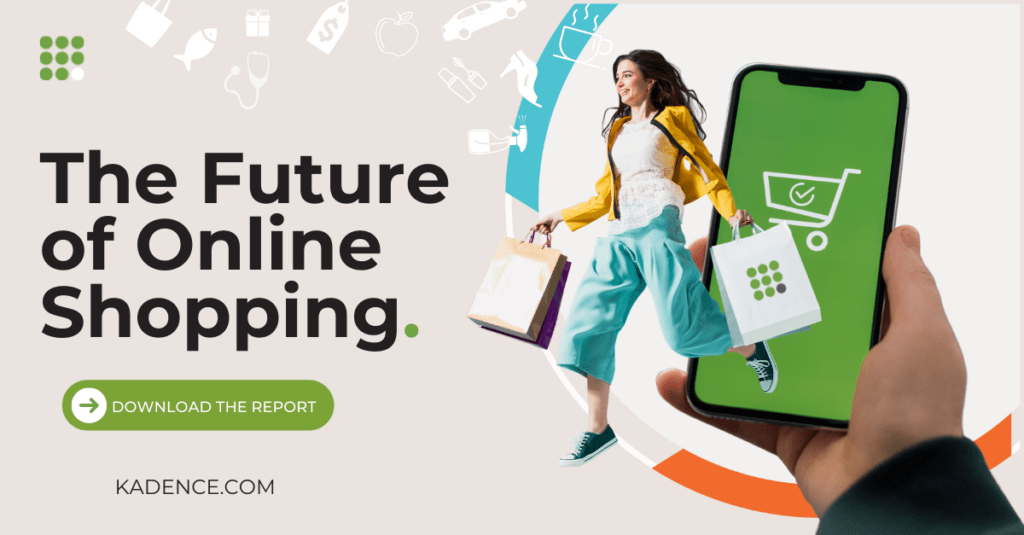
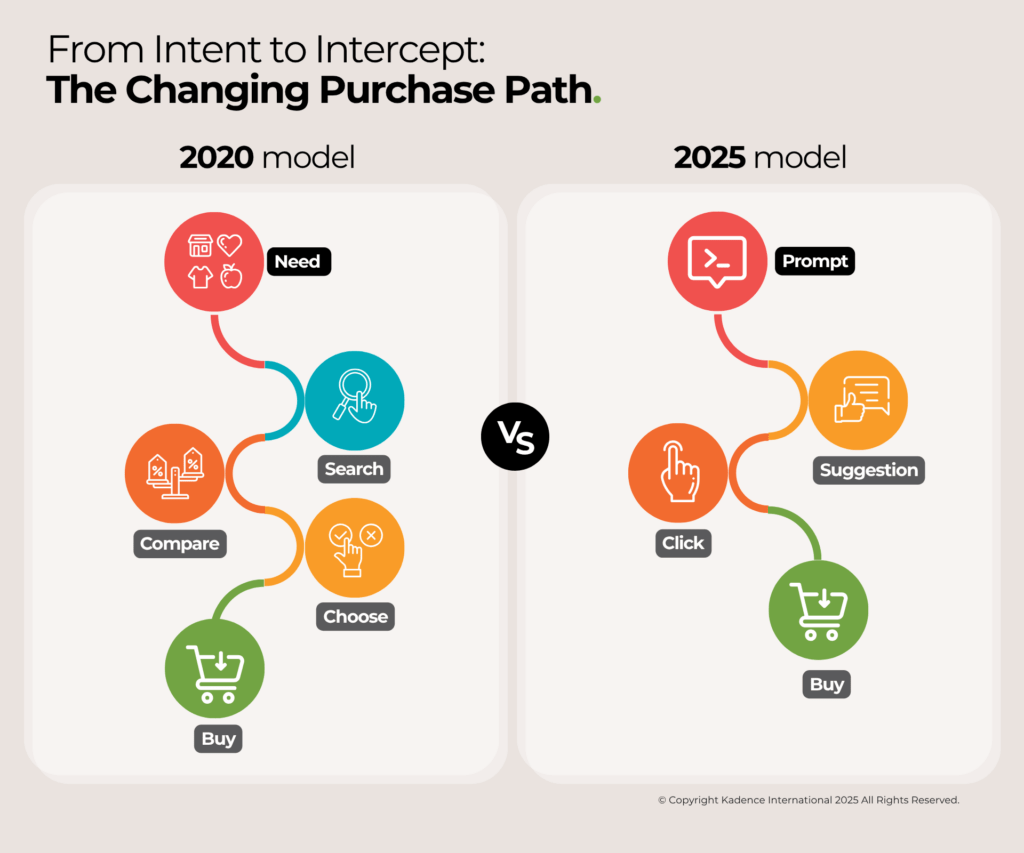

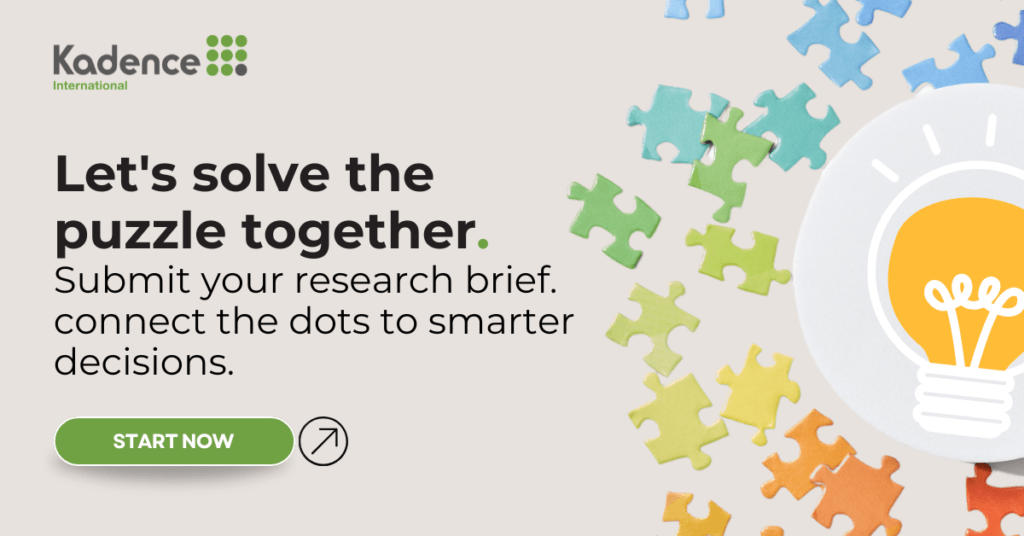
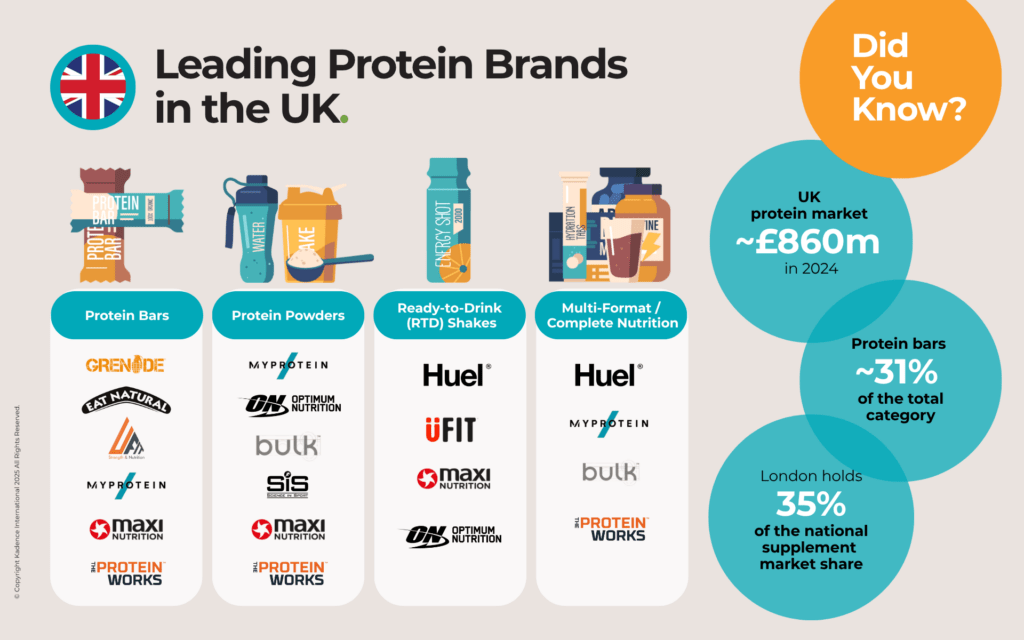
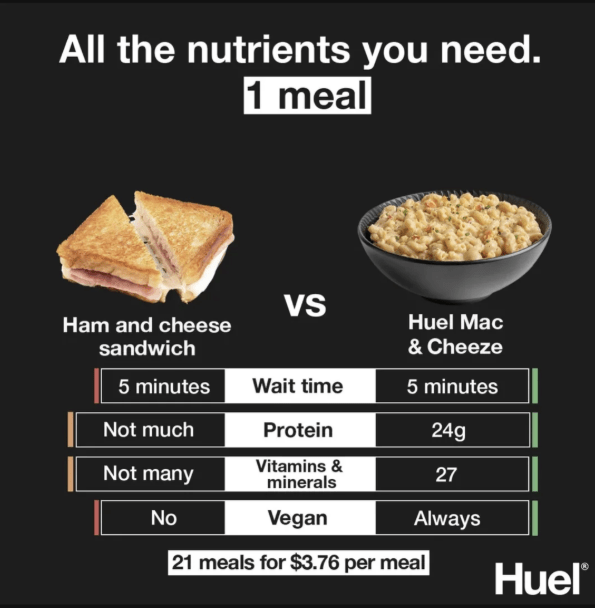
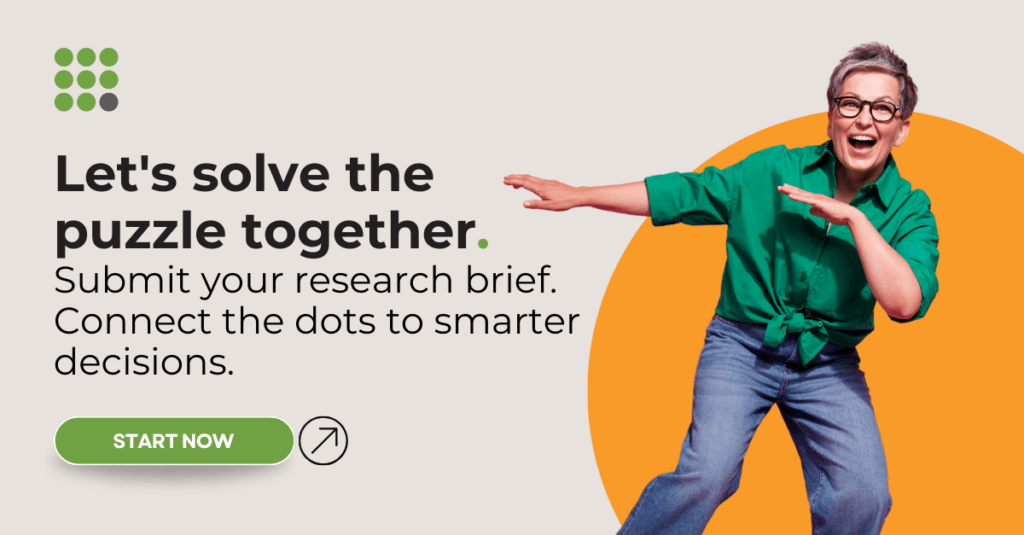
 Senior Marketing Executive
Senior Marketing Executive Sales & Marketing
Sales & Marketing General Manager PR -Internal Communications & Government Affairs
General Manager PR -Internal Communications & Government Affairs Vital Strategies
Vital Strategies
 Customer Intelligence Director
Customer Intelligence Director